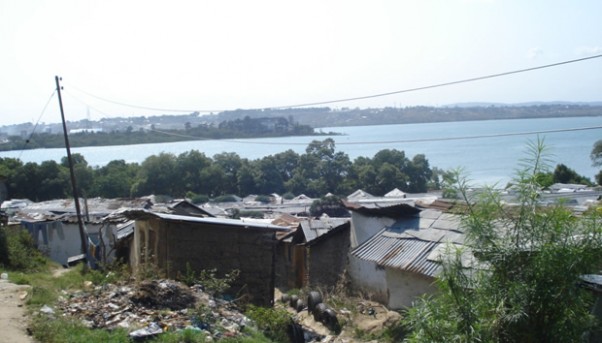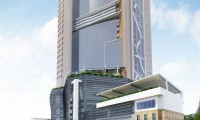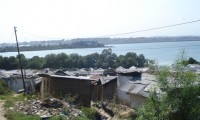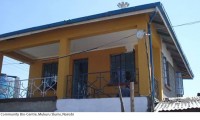Large populations of the urban poor are most at risk from effects of climate change in developing countries. Lives, assets, environmental quality and future prosperity is threatened by growing risks of storms, flooding, landslides, heat waves, drought, etc. There are very limited up to date studies of vulnerability of urban populations and their adaptation strategies to climate change. This implies that there is very little structured support for this group in the event of climate change induced extreme weather events. This need to develop support for pro-poor adaptation strategies in cities was the key rationale in this study. More importantly, it was focused on the efforts of the poor themselves to adapt to climate change, within a context of policy, programmes and institutional matrix developed mainly by the state.
The study was undertaken in MombasaKenya. It had two components:
- Participatory climate change asset adaptation appraisal and
- Rapid Risk Institutional Assessment of the City of Mombasa
The PCCAA was conducted in through participatory appraisal methodology in Mombasa Island This involved a series of different Participatory Urban Appraisal (PUA) methods, such as transect walks, community risk mapping, problem listings and ranking, causal flow diagrams, timelines of climatic changes over time, matrices to analyse local coping, and institutional mapping.
The purpose of the institutional appraisal was to analyse the institutional framework that supports or constrains the adaptive capacity of the urban poor towards climate change. The analysis started with understanding of the bio-physical context of Mombasa. From this context, key climate change impacts were identified. This gave the platform to identify and analyse the ‘policy domain’.
Analysis of the Kenya Metrological Department long term weather data shows that there is a gradual increase in mean temperature. Mombasa has been warming up for the last 50 years. Mean temperature, mean minimum temperatures, and mean maximum temperatures have all been rising. The gradual temperature increase has been accompanied by reduction in mean humidity. This is an indication that Mombasa is getting drier on average. The pattern of rainfall is getting more erratic; making it difficult to plan effectively. The data shows significant reduction in visibility and increase in wind speeds. Reduction in visibility could be attributed to higher local pollution, reduction in ground cover, increase in wind speeds and with that increase in particulate matter in the atmosphere.
In the PCCAA component of the study, rain, heat, dust and wind were identified as the key weather events that impact o the poor negatively. It is noteworthy that climate change and even the changes in weather in Mombasa have been gradual and nuanced over time. Despite this the changes were still generally obvious to community members. However, rain, more than any other weather elements was the greatest concern to the community and seemed to contribute the most to erosion of assets.
From the analysis of the biophysical situation of Mombasa and its impacts, we recommend that climate change adaptation strategy targeting the poor in Mombasa must focus on the dual challenges of health and human settlements. Such strategy must consider the following:
- The impacts of floods, water stress, strong winds, fire and drought;
- Human settlements, through improvement of housing conditions;
- Improvement of infrastructure in informal settlements, especially the drainage system;
- Improvement of services, especially sanitation and water supply; and
- Liquid and solid waste management. This will help reduce incidences of weather related diseases.
















